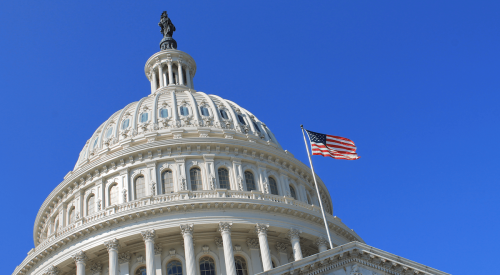A fierce battle raged in 2019 and into 2020 when two U.S. Senators introduced legislation that would have given the federal Department of Energy the power to set energy-saving targets in national building codes. Why did a federal agency need to be involved in local home building?
Although NAHB and its allies were eventually successful in keeping the language out of the final energy bill, the episode served as a clarion call for many in the industry on the need to fight the increasing federalization of regulations that should be local matters. It also illuminated key differences in potential regulatory frameworks and how different approaches impact what builders must do to demonstrate compliance.
Prescriptive vs. Market-Driven Regulation
Regulations can greatly influence how existing structures and communities are reengineered, rebuilt and remodeled, and impact how and where new homes and communities are built. Depending on how they are developed and implemented, regulations can be inflexible and overly protective, reduce availability of buildable land, and have significant cost implications in many areas of the country. On the other hand, well-developed regulations can streamline operations, foster business improvements, and invite opportunity.
Prescriptive regulation defines, often in great detail, exactly what steps a regulated entity must take to comply. Alternatively, performance-based, or market-driven, regulation targets defined results without specific direction regarding how those results are to be achieved.
Home builders have long favored market approaches, as they not only provide the flexibility to do what is needed under varied conditions, but they also help to drive the innovation and technical advances needed to keep the industry current. Further, because market-driven regulations take into consideration costs, desirability, and feasibility, they allow builders to produce homes that buyers want and can afford.
An example of the dangers of prescriptive regulation can be seen in the Protecting the Right to Organize (PRO) Act currently before Congress. Certain provisions of the PRO Act are aimed at giving independent contractors the protections and benefits of full-time employees. While the goals of the act are noble, the language of the legislation prescribes a business outcome – hiring these workers as full-time staff – rather than defining a desired outcome – making healthcare and retirement benefits available to contractors – and letting the market decide the best way to achieve it.
Home building relies on the creativity, resourcefulness, imagination, and drive of small businesses. Regulatory approaches that embrace the realities of the market and encourage innovation can best help the industry thrive and grow.
Regulation at the Closest Level of Authority
NAHB strongly advocates for regulation by the closest level of authority, most often county and municipal governments, because these entities have the knowledge of local conditions, market and housing needs, and risks and opportunities. And since state and local governments maintain primacy over local land use and building practices, federal oversight often leads to unnecessary redundancies.
While there may be a need for the federal government to set baselines to address certain issues, consolidation of the federal > state > local regulatory paradigm would make for more efficient regulation for both regulated businesses and regulators.
For example, cities have broad power and discretion to adopt local programs to address storm water flowing from active construction sites, yet storm water is already regulated by state and federal storm water control requirements.
This means builders can be ordered twice, and sometimes even three times, to control the runoff from their sites. The maze of regulation can be incredibly complicated and subject builders to multiple levels of oversight – a situation that would be better served by allowing local environmental officials to set standards in lieu of federal and state mandates.
NAHB believes in a strong regulatory environment for the industry. The protection of workers, the environment, home owners, and entire communities are top priorities of the federation. But NAHB also believes that the hyper-local nature of home building is much better suited for county/municipal-level regulation that achieves defined federal targets.
NAHB is actively engaged in monitoring and participating in the regulatory processes at the federal, state, and local levels, working diligently to simplify and streamline requirements while ensuring regulations are necessary, cost effective, and workable on the ground.













